SLVSE94G September 2018 – June 2024 TPS2663
PRODUCTION DATA
- 1
- 1 Features
- 2 Applications
- 3 Description
- 4 Device Comparison Table
- 5 Pin Configuration and Functions
- 6 Specifications
- 7 Parameter Measurement Information
-
8 Detailed Description
- 8.1 Overview
- 8.2 Functional Block Diagram
- 8.3
Feature Description
- 8.3.1 Hot Plug-In and Inrush Current Control
- 8.3.2 PGOOD and PGTH
- 8.3.3 Undervoltage Lockout (UVLO)
- 8.3.4 Overvoltage Protection (OVP)
- 8.3.5 Input Reverse Polarity Protection (B_GATE, DRV)
- 8.3.6 Reverse Current Protection
- 8.3.7 Overload and Short-Circuit Protection
- 8.3.8 Output Power Limiting, PLIM (TPS26632, TPS26633, TPS26635, TPS26636, and TPS26637 Only)
- 8.3.9 Current Monitoring Output (IMON)
- 8.3.10 FAULT Response (FLT)
- 8.3.11 IN_SYS, IN, OUT, and GND Pins
- 8.3.12 Thermal Shutdown
- 8.3.13 Low Current Shutdown Control (SHDN)
- 8.4 Device Functional Modes
-
9 Application and Implementation
- 9.1 Application Information
- 9.2
Typical Application: Power Path Protection in a PLC System
- 9.2.1 Design Requirements
- 9.2.2 Detailed Design Procedure
- 9.2.3 Application Curves
- 9.3 System Examples
- 9.4 Dos and Do Nots
- 9.5 Power Supply Recommendations
- 9.6 Layout
- 10Device and Documentation Support
- 11Revision History
- 12Mechanical, Packaging, and Orderable Information
Package Options
Refer to the PDF data sheet for device specific package drawings
Mechanical Data (Package|Pins)
- RGE|24
- PWP|20
Thermal pad, mechanical data (Package|Pins)
Orderable Information
6.7 Typical Characteristics
–40°C ≤ TA = TJ ≤ +125°C, V(IN_SYS) = V(IN) = 24 V, V( SHDN) = 2 V, R(ILIM) = 30 kΩ, IMON = PGOOD = FLT = OPEN, C(OUT) = 1 μF, C(dVdT) = OPEN. (Unless stated otherwise)
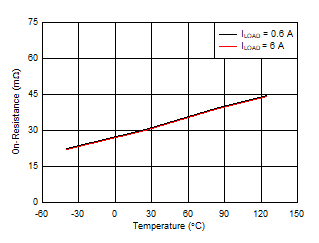
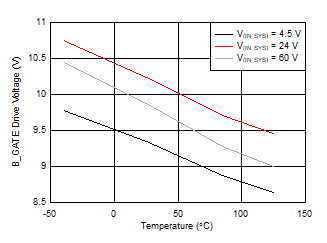
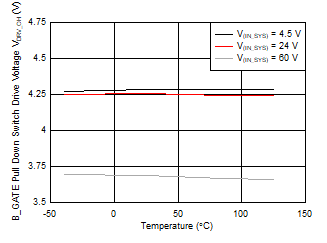
A.
Figure 6-5 B_GATE Pulldown Drive
Voltage vs Temperature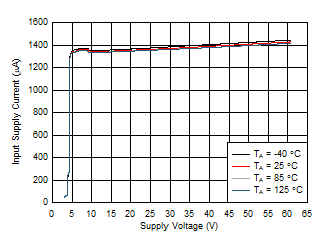
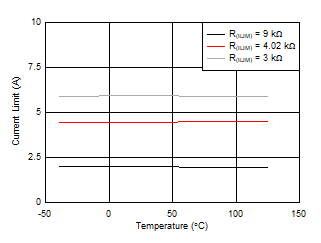
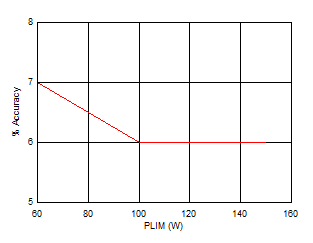
A.
Figure 6-11 Output Power Limiting Accuracy vs PLIM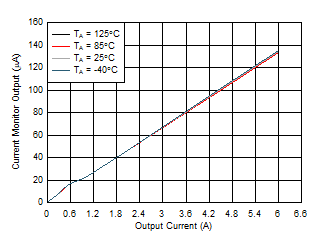 Figure 6-13 Current Monitor Output vs Output Current
Figure 6-13 Current Monitor Output vs Output Current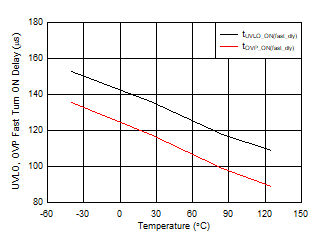
A.
Figure 6-15 UVLO, OVP Fast Turn-ON
Delay vs Temperature| V(PGTH) > V(PGTHF) |
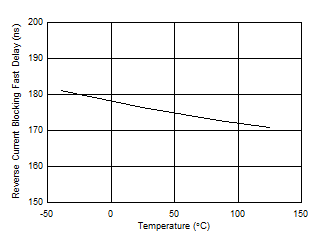
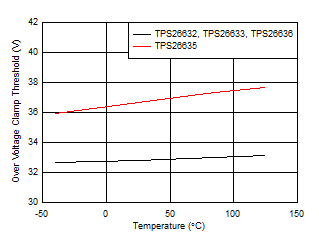
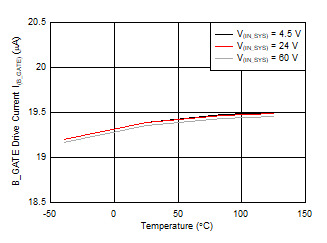
A.
Figure 6-4 B_GATE Drive Current vs Temperature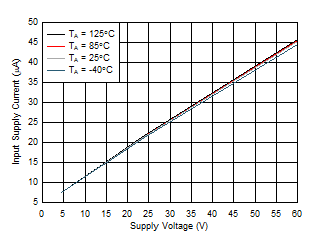
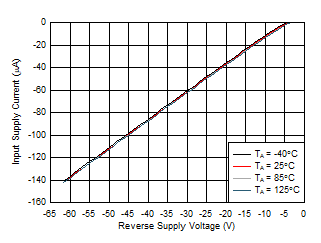
| V(OUT) = 0 V |
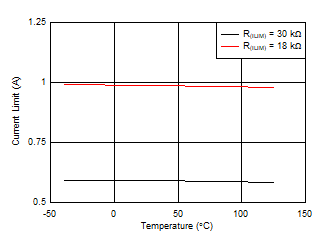
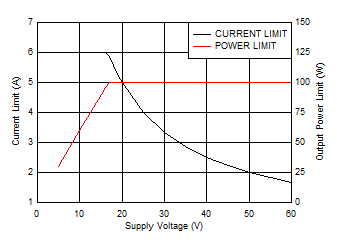
| TPS26632 | R(PLIM) = 100 kΩ | R(ILIM) = 3 kΩ |
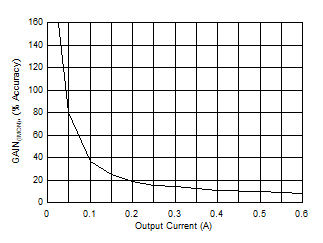 Figure 6-14 IMON Gain Accuracy at < 0.6-A Output Current
Figure 6-14 IMON Gain Accuracy at < 0.6-A Output Current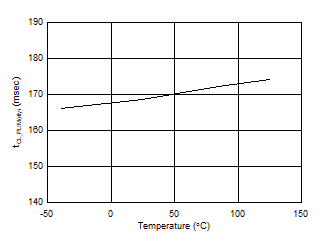
A.
Figure 6-16 Maximum Duration in Current and Power Limiting vs Temperature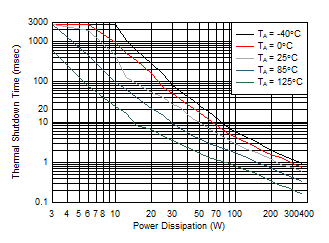
| Taken on VQFN device on EVM Board |